Energy-related greenhouse gas emissions at lowest level in 30 years
Greenhouse gas emissions from Ireland’s usage of energy are now at their lowest level for more than 30 years after falling for a third consecutive year.
The reduction was 1.3% in 2024. This means energy emissions in Ireland are now 11% lower than when carbon emissions targets were introduced in 2021.
Director of Research and Policy Insights at the Sustainable Energy Authority of Ireland Margie McCarthy said this is something to celebrate and means Ireland is going in the right direction.
Last year, saw record levels of electricity generated from solar panels, record levels of heat pumps, and further growth in the overall renewable energy share.
Ms McCarthy said these achievements were all driven by positive policy decisions.
However, the SEAI said the trend towards lower emissions must be accelerated for Ireland to meet its greenhouse gas emissions targets.
These latest figures are contained in the Interim National Energy Balance report.
This shows how energy used across all sectors in Ireland is generated and how that is changing.
Overall, for 2024, emissions from electricity and transport went down, while heat-related emissions went up.
The figures show that the 1.3% reduction in energy emissions last year was achieved despite a 2.3% increase in overall energy use.
Renewable energy generation increased by 1.3 terawatts or 5.6%.
This drove the proportion of Ireland’s overall energy from renewable sources to 14.5%.
Increased electricity demand, driven mainly by data centres, outpaced the increase in renewable electricity generation last year.
Because of this, renewables supplied a slightly smaller share of Ireland’s electricity even though renewable generation capacity had increased.
Constraints on the electricity grid and lower wind output also played a part.
Overall emissions from the electricity sector were down by 7.5%.
The top three sources of electricity were natural gas, which supplied 42.1%; wind, which supplied 31.7%; and net imports of electricity through interconnectors from the UK, which supplied 14% of all electricity used in Ireland.
Ms McCarthy said there are two clear messages from the data.
The first is that if Ireland is to meet its energy emissions targets, there is no time to wait, and the deployment of renewable energy technologies must be accelerated.
The second is that wise decisions about energy demand growth must be made.
“It’s time to make the hard choice needed to deliver a better energy future”, she said.
“We must continue to invest in renewable technologies and interconnectors, we must continue to retrofit our housing and public building stock, and we must continue to move to more active and public transport options where possible.”
“A successful energy transition will benefit us all. It will mean improved air quality, more comfortable homes, and an economy built on sustainable industries and jobs”, she added.
Greenhouse gas emissions from transport in Ireland fell just 1.2% last year.
This was despite significant increases in the amounts of biofuel blended into petrol and diesel and further increases in the number of electric vehicles on the road.
The SEAI said over-reliance on private vehicles continues to erode progress on transport emissions.
Meanwhile, heating emissions increased by 2.4% last year.
Today’s report said this was due to 2024 being cooler than 2023, with the result that the need for heating went up.
Article Source – Energy-related greenhouse gas emissions at lowest level in 30 years – RTE
